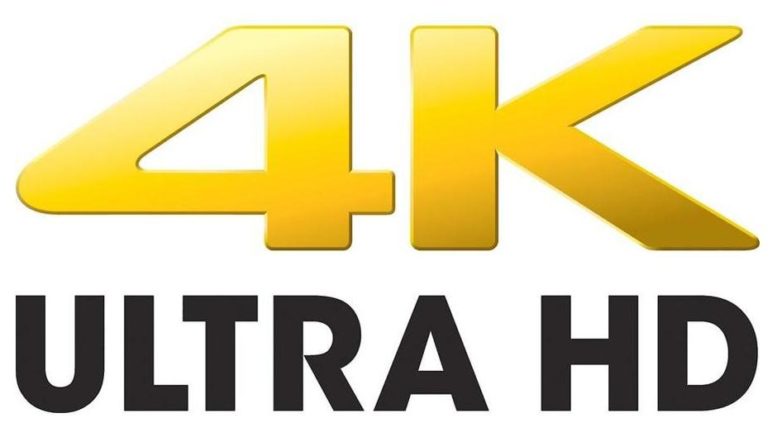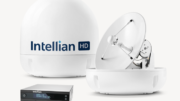Here’s how a blog works. I write, you read. I get that. And I’ve written a lot about 4K television over the years, going back six years to when almost no one had ever seen it. I haven’t always been that bullish about 4K in that time. When I saw my first 4K TV at the CEDIA Expo in 2012, I was… underimpressed.
About a year later, I told you 4K wouldn’t go mainstream because it just didn’t make enough of a difference. I also sincerely doubted that your average home could stream 4K at all. (By the way, I was actually closer than it sounds there. The average home still can’t stream full-quality 4K in most cases and streaming 4K quality is still inferior, five years later.)
Fast forward another year. DIRECTV started 4K on demand and I had to re-evaluate. Not just because I’m a big DIRECTV fan, but because here was one case where it was possible to get it right. DIRECTV’s On Demand structure is different from Netflix or Hulu. Instead of cutting quality to get real-time streams, DIRECTV’s downloads will slow down to keep a high quality level. It may take an extra half-hour (or more) to get that 4K program on demand, but when you do get it it’s real 4K. Netflix and others can’t say that.
Finally, almost two years later in 2016, DIRECTV became the first provider with live 4K channels. Here we are two years later and while there has been more content on those channels, we still haven’t seen any other content provider come forth with 4K for traditional pay TV.
In the meantime, there are plans for ATSC 3.0, which could be the next standard for over-the-air television. I may have been wrong when I said it won’t ever happen, and I admit I didn’t expect the FCC to take the actions they did, actions that opened the door to 4K TV. I’m still not completely convinced that the public wants broadcast 4K, but I can tell you that broadcasters sure want the technology that underpins it.
The future of 4K
And now, here’s another opportunity for me to be wrong. I think 4K is moving fast now. If you haven’t bought a 4K TV, I don’t think you should run out and buy one. However, if you’re replacing a current TV, you’d be silly not to go 4K because the prices are so low.
If you’re serious about 4K content, of course DIRECTV is your provider of choice. I’d also get a business-class internet package. Your current ISP may tell you that you can get 100Mbps but legitimately try it in the evening when all your neighbors are streaming. If you want streaming 4K you are going to need 35-50Mbps for the top quality level that’s offered today, and I mean a steady stream at that speed. Real, high-quality 4K will probably need more than that if and when it’s ever offered.
I am still somewhat surprised that you’re not seeing even one content provider with a 4K channel. I was told at one point that all CBS programs are mastered in 4K and CBS has a standalone app. You would think they of all providers would launch 4K in their app and as a national channel. There has to be some reason they’re not.
It’s been close to six years since we all started talking about 4K. At this rate I have to feel like it will be at least another six years before it’s at the level of maturity that HD was in 2012. Of course with a prediction like that I’m guaranteed to be wrong.
Time for you to sound off, too
I know, you come here to be entertained, not to type. Still, here’s my plea: leave a comment. Tell me I’m wrong if you think I am. Let’s get a real conversation going about 4K. Don’t you think it’s about time?





